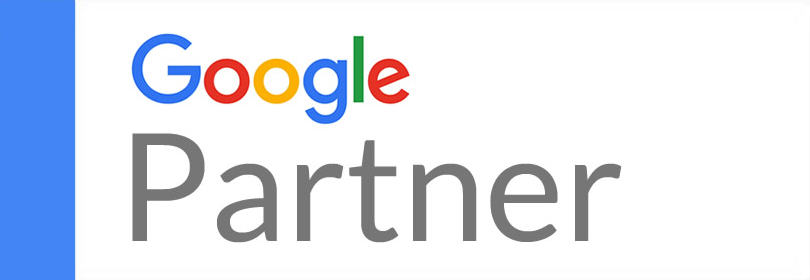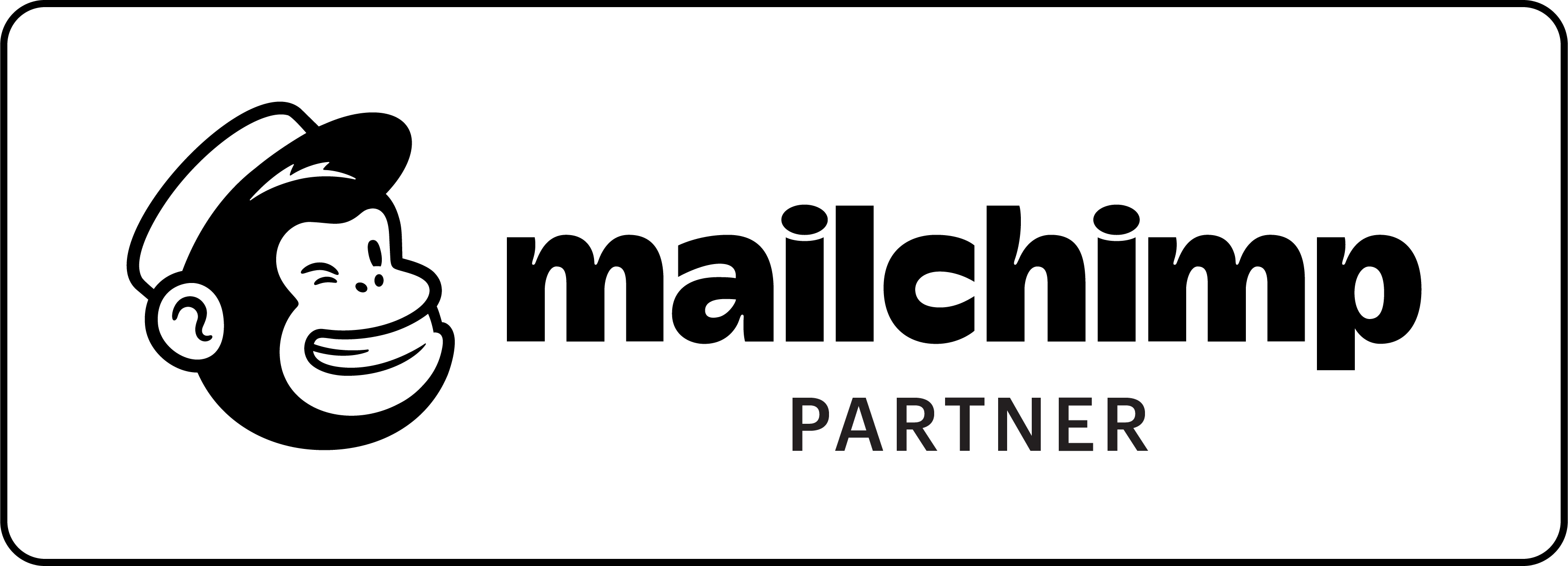The Future of Facebook Advertising
The market responded negatively to Facebook’s earnings report, even though their user base and revenue continues to grow. They currently have 2.5 billion unique users each month across their four major apps: WhatsApp, Facebook (FB), Instagram (IG), and Messenger. For marketers, the real insights from the recent report came in the earnings call where Mark Zuckerberg and Sheryl Sandberg spoke about trends they are seeing and the tools they are developing.
Here are 3 important takeaways from the Facebook earnings call that will influence every company advertising on their platforms:
1) Stories. Up till now, most advertising on Facebook has taken place in the News Feed, the primary stream users scroll through to see recent activity. However, user behavior is changing. Facebook is seeing a downturn in passive consumption (scroll until you see something that catches your eye) and seeing an uptick of engagement with stories. Stories are the little circles at the top of FB and IG where users share pictures and videos that appear for 24 hours.
More users are creating and consuming stories, which means this is where advertisers will need to refocus their efforts if they want to reach users. According to Sandberg, “We’re also making it easier to run ads on Instagram and in Stories. Ads in Stories are an immersive, engaging way for people to interact with businesses. When online retailer Overstock wanted to gain new customers and increase furniture sales, they ran video ads in Instagram Stories with a Shop Now button. They saw an 18% increase in return on ad spend and a 20% decrease in cost per acquisition. This quarter, we made it easier for more advertisers to adopt the Stories format.”
The shift from News Feed to Stories will be the equivalent of moving from producing movies to producing stage plays. Users increasingly want to feel like something is happening real-time in front of them and less like something has been recorded, edited, and produced (even though that will still be the case). The News Feed isn’t going away quite yet but brands will have to shift their content strategies to include Stories. Here is one example of how B2B companies are using Instagram stories.
2) Video. Users prefer video content over any other form of content. It results in more engagement and more conversions. FB’s development of IGTV and Watch are just two examples of the trend toward more video.
Sandberg states, “For businesses, winning on mobile now means winning on video. Globally, people are creating and watching more video — especially on mobile devices. According to eMarketer, nearly a quarter of the world’s population will watch video on a mobile phone this year. We see this trend toward video across all of our apps — from people sharing more video with their friends on Facebook, to watching more video from creators on Instagram, to having more video calls on WhatsApp and Messenger.”
The good news for advertisers is that users do not expect high-quality production value of a traditional commercial shoot. Rather, they’ve come to expect videos that feel more like the ones they create, short and engaging. Users have an insatiable appetite for content and their favorite entrée is video. Advertisers who serve up video will win.
3) Messenger. Perhaps the most surprising insight from the earnings call was the data around Click-to-Messenger ads. Traditionally, when users clicked on your ad, it took them to your website. Now, when users click on your ad you can start a conversation with them using your bot inside the Messenger app. Think about it. It allows you to have an immediate high-touch form of engagement with an interested user.
Previously, you wanted to get a click that would lead to a conversion on your website. Now, you can go from click to conversation to conversion. Once again, Sandberg notes, “I think we’ve launched some things that people are excited about and interested in, like Click-to-Messenger ads. We also had some nice results we can share from clients. One of them recently was Lego. They launched a Messenger bot to help with gift recommendations and they created a Click-to-Messenger ad that linked to a Lego bot, which helped provide product and gift recommendations…they found a 3.4-times higher return on ad spend for Click-to-Messenger ads versus those that just linked to the Lego Web Site.”
Messenger is a way to reach and interact with users without them visiting your turf. With bots, you can converse and answer questions. FB is intent on building out their “business ecosystem” around Messenger. They have 1.3 billion users sending 8 billion messages per month on the app. FB will offer advertisers more ways to connect with users on Messenger as they seek to monetize it.
Social media platforms are agile. They introduce new features to improve their users’ experience as well as respond to user behavior. More stories, more videos, and more bot-based conversations are just three things you can expect to see more of on Facebook’s platforms.
STAY IN TOUCH
Stay up to date with the latest from Roundtree.
By subscribing, you're opting in to receive emails from us. And we're promising not to spam you.


